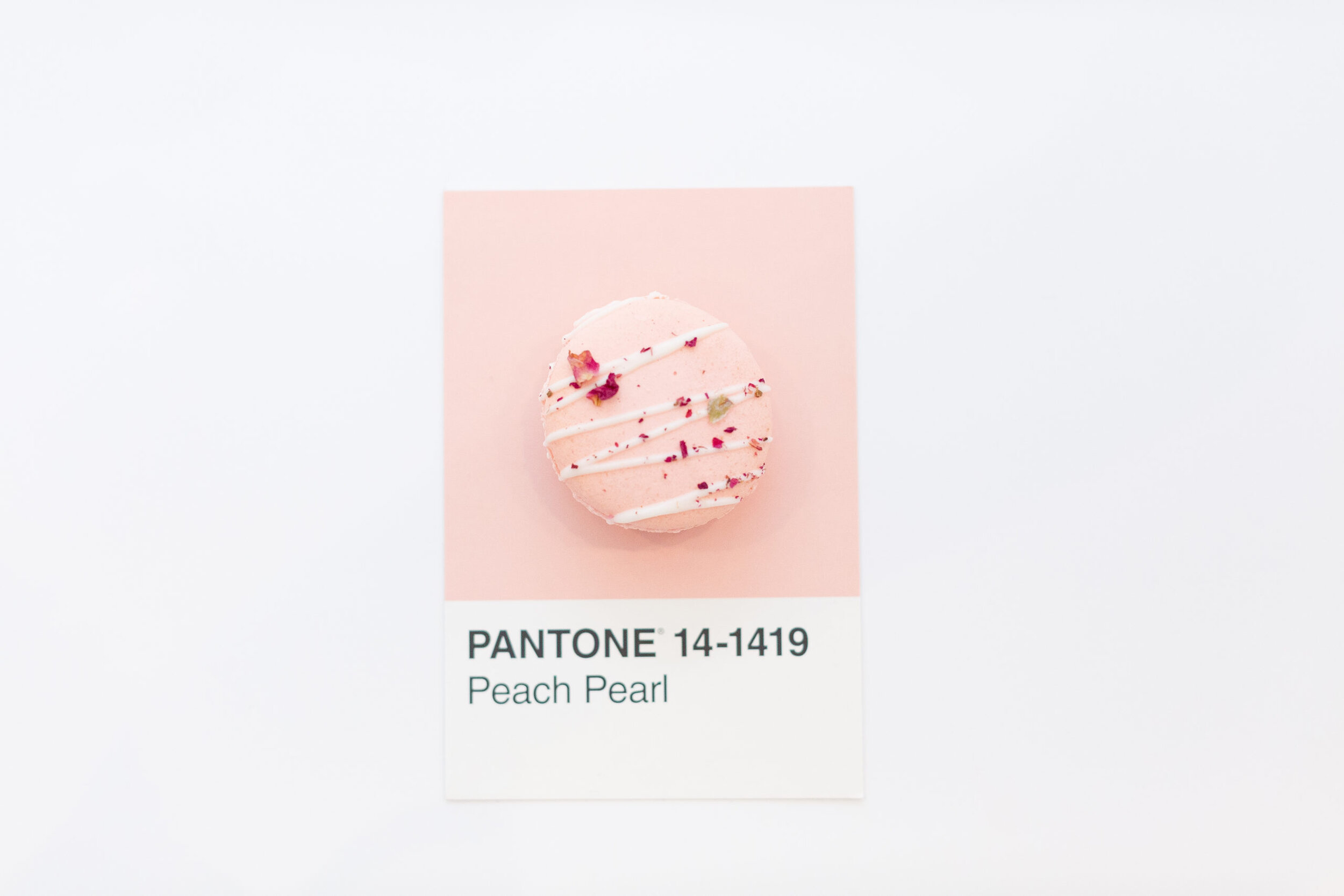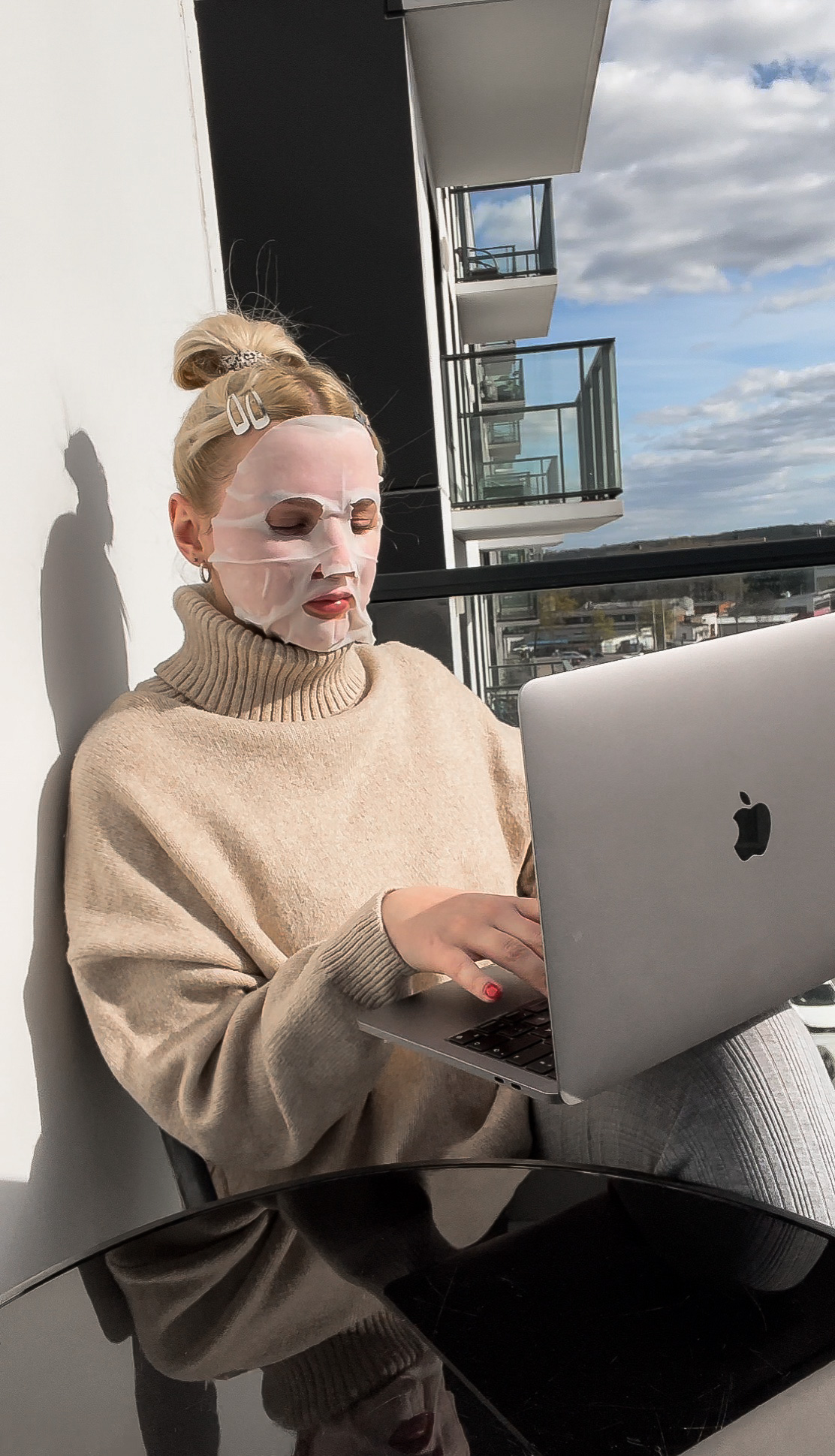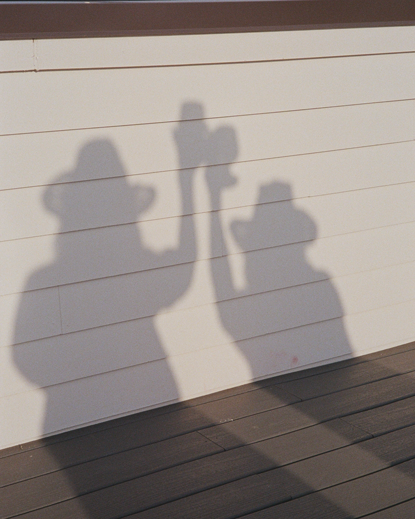
Let’s be honest for a second here, branding is a beast. It literally covers all of your assets. It’s experience, your story, colors, images, your social media and marketing, it’s conversations.
Think of it this way – if your business was a person, a real life person, your business would be the skeleton. It would be the functionality and the brains. Your brand on the other hand, is the feelings, emotions, interests, hobbies, clothes and everything else in-between. A brand is the personality to the business.
If you’ve just started a business or you thinking of starting a business, where do you even start when it comes to building your brand?
It’s a loaded question and I only wish it was a delicious as a loaded baked potato. Just kidding. I still think it’s delicious because I love these topics and conversations. Branding can be expensive, not just in the dollar sign sense, but also in your time. It takes time to build a brand. It doesn’t happen over night and there are some hard questions that you need to ask to make sure you’re forging the right path.
For any client that I take on, I always start with my brand discovery workbook and this is a workbook I recommend for you to start on, too. Before I created this workbook, I was going through all these conversations and questions already – but I found that the client maybe didn’t understand some of the questions or really understand the purpose behind them.
There’s a lot of strategy that goes behind branding and design. Learning the business story, the vision, what drives the business and how they want it perceived. Who are you trying to reach and how do we connect your business to that group of people?
Build your ‘why’
To start you need to really know and understand your business, your why. WHY did you start your business? What’s the purpose to your business? How are you helping people? What’s your business about?
If you can’t fully grasp those questions, your brand is going to struggle hard. Why? It’ll be inconsistent. Would you pay for a tour guide to take you on a hike in the mountains only to find out they have no idea what they’re doing? They don’t know where you’re going, or that they can’t tell the difference between a pine cone and poison ivy? Probably not. Good chance they’re a murderer, too.
You need to treat that the same with your business. You’re taking your audience, target market and customers on a journey through your business and brand. You should be confident enough to talk about your business, what it’s about and how you plan to serve them. Have an idea on what your next step is going to be when you business grows, too.
Define your client
A great next step is to create an avatar for your target market. Create a fake person who represents the people you’re wanting to connect with as a whole. This makes creating content easier and it helps you stay focused on the decisions you make on behalf of your brand. Your avatar is your BFF to your brand. You’re going to be making friendship bracelets with this avatar.
Understanding what their salary is, where they shop and where they like to hang out is going to be a huge benefit to your business and brand. If you’re trying to help pre-teens in their clothing, you’re probably not going to pitch luxury pants at $125 a pop. Unless your pre-teens are children of money. In that case you probably won’t be pitching stretchy target leggings at $10 a piece.
Build your design
If you start working with a designer who isn’t asking the hard questions (or any questions about your business and brand) – I challenge you to look for another designer. You don’t want a design that only you like. You need a design that represents your business AND connects to your target market.
Your brand is an extension of you. Your brand isn’t literally you. Unless you’re an influencer or a personal brand, that’s a little different.
As you’re building your brand, it’s important to ask questions like:
“How would the target market react to this design?”
“Did we take a step in the right direction to show what our business is and how it helps the demographic?”
Color plays an important role in your brand, too. There’s loads of articles out there revolving around color theory and the emotions tied to it. Some argue it’s not valid. I disagree. Corporate companies wouldn’t give two shits what colors they use in their brands if they weren’t important. Ever notice how most fast food has red in their brand? Coincidence? Probably not.
Consider the mood, cultures, and the environment you’re wanting to provide when picking colors. Red might mean something different in other countries/cultures. If your target market is a specific culture, it’s important to keep those things in mind.
In the design process, interview and reach out to multiple designers. We’re not all the same. Some have specialties, some are really, REALLY good at a specific style which might fit what you need. Some are new, others are experienced. Some you won’t get along with and some you’ll love. Take time to hire the right designer.
Keep moving forward
Wherever you are in your branding journey, it’s important to keep moving forward. If you stay at a standstill you won’t grow. What is it that Dory always says? “Just keep swimming, just keep swimming”.
You have got this. Work through the mud and I promise the view will be worth it.





Read the Comments +